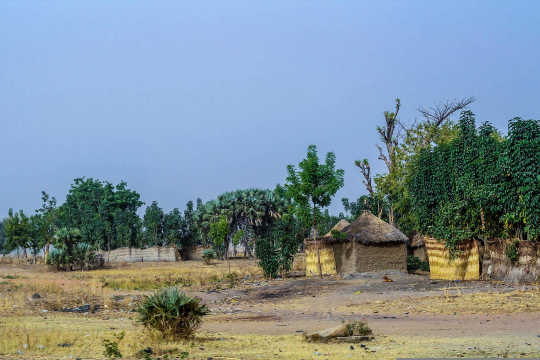Abstract
Soil erosion is one of the most devastating issues that farmers face in Nigeria and in many rural communities in the Global South. Studies on factors that affect soil conservation may, however, be biased in the absence of consideration of spatial effects, particularly over time. In this paper, we use data from three waves of the World Bank’s Living Standards Measurement Survey for Nigeria to explore spatiotemporal patterns in farmers’ soil conservation adoption practices (i.e., mixed cropping and cover crop farming with legumes) and determine whether current soil conservation behaviors are affected by earlier adoption behaviors of neighbors. We begin with exploratory spatial data analyses to identify significant spatial clustering in the relationship between farmers’ soil conservation practices in 2015 and neighbors’ practices in earlier periods (2010 and 2012). The findings suggest the presence of inward diffusion – that is, conservation behaviors in 2015 are positively and significantly correlated with the conservation behaviors of neighbors in 2010 and 2012. Although the strength of the relationship lessens unless we control for farm and farmer characteristics, the effects persist once we control for these factors. Evidence of sustained neighborhood effects forms a basis for policies to promote the most effective information diffusion methods among farmers.
Keywords: spatiotemporal analyses; instrumental variable technique; soil conservation; agriculture; poverty; Nigeria


